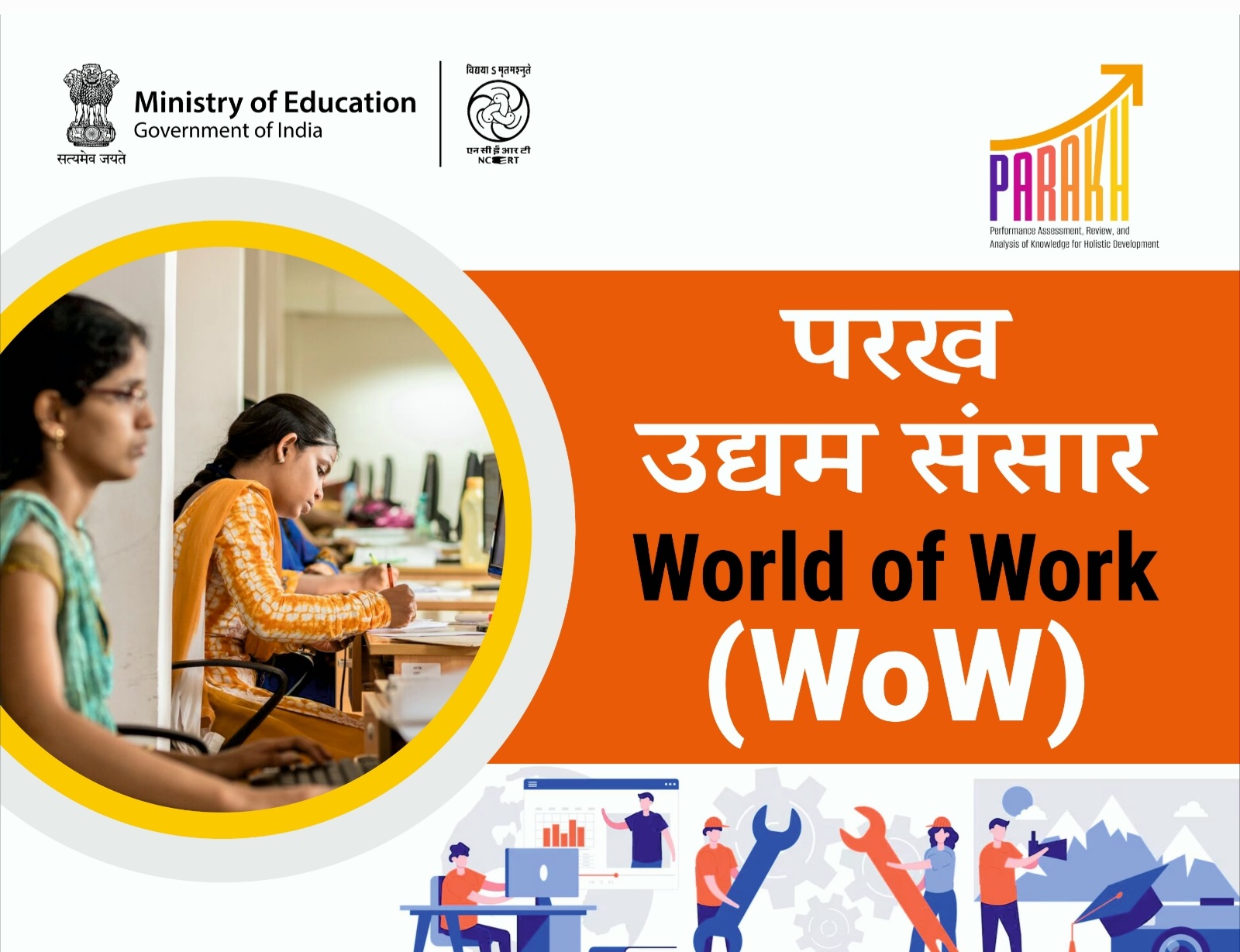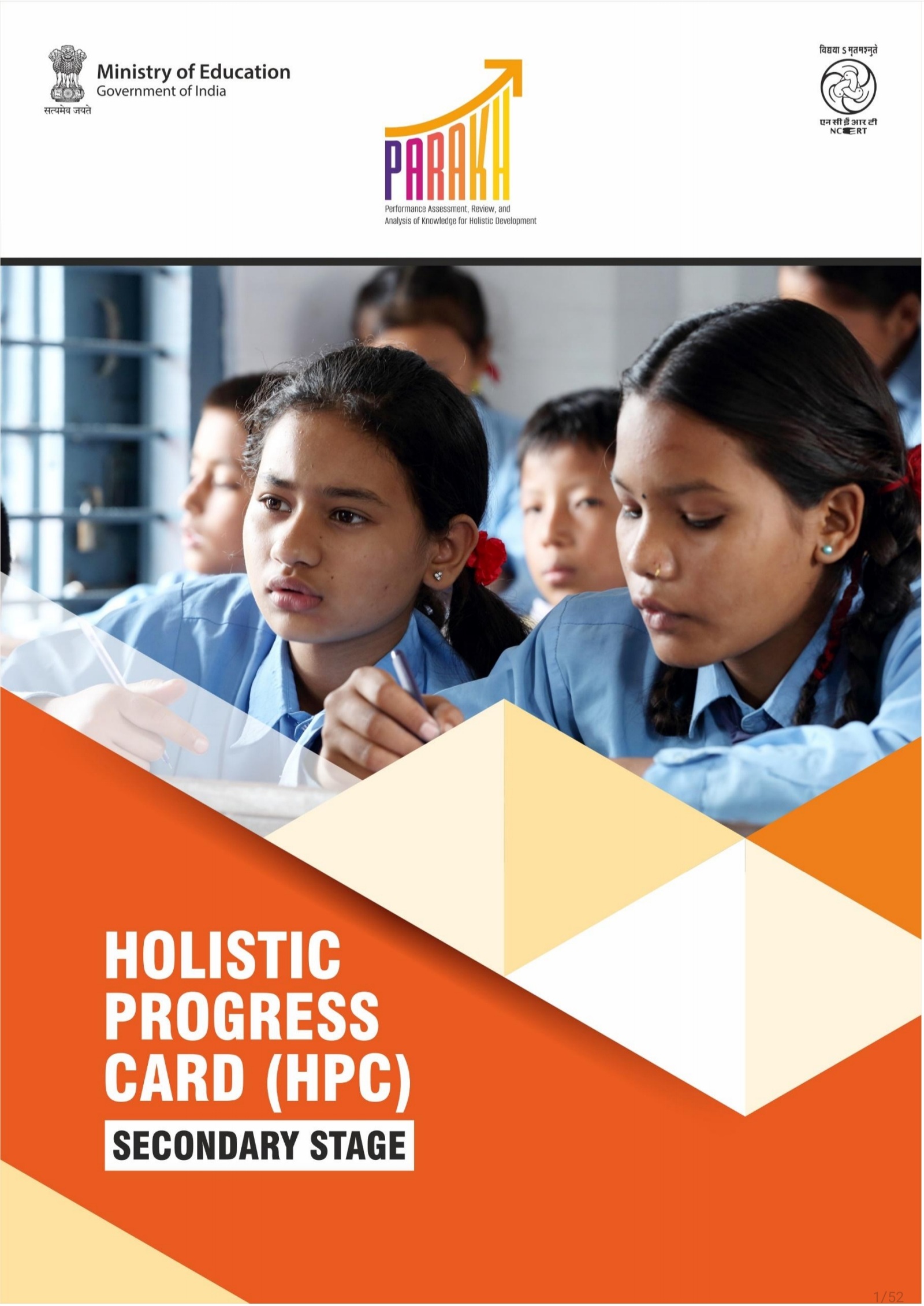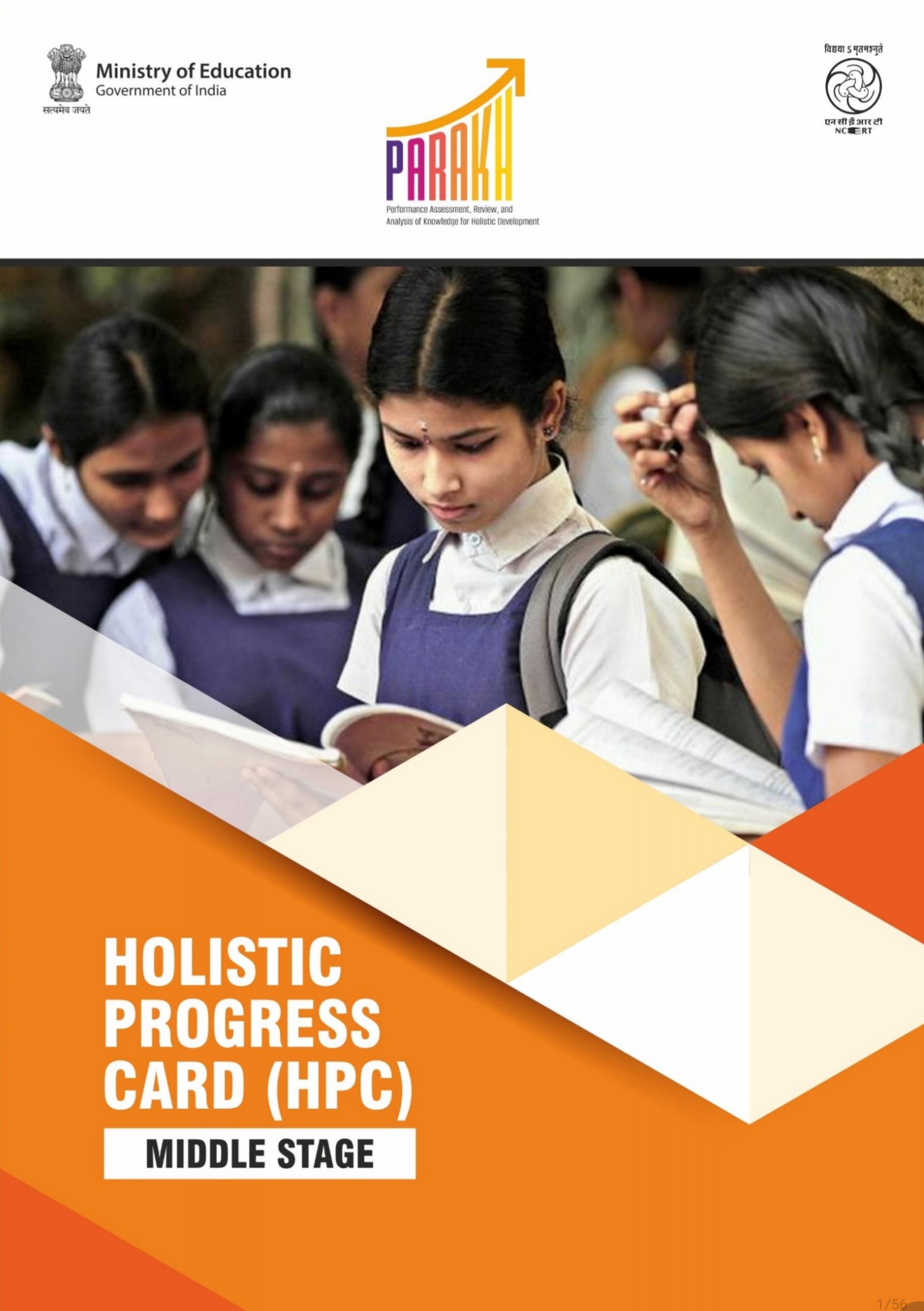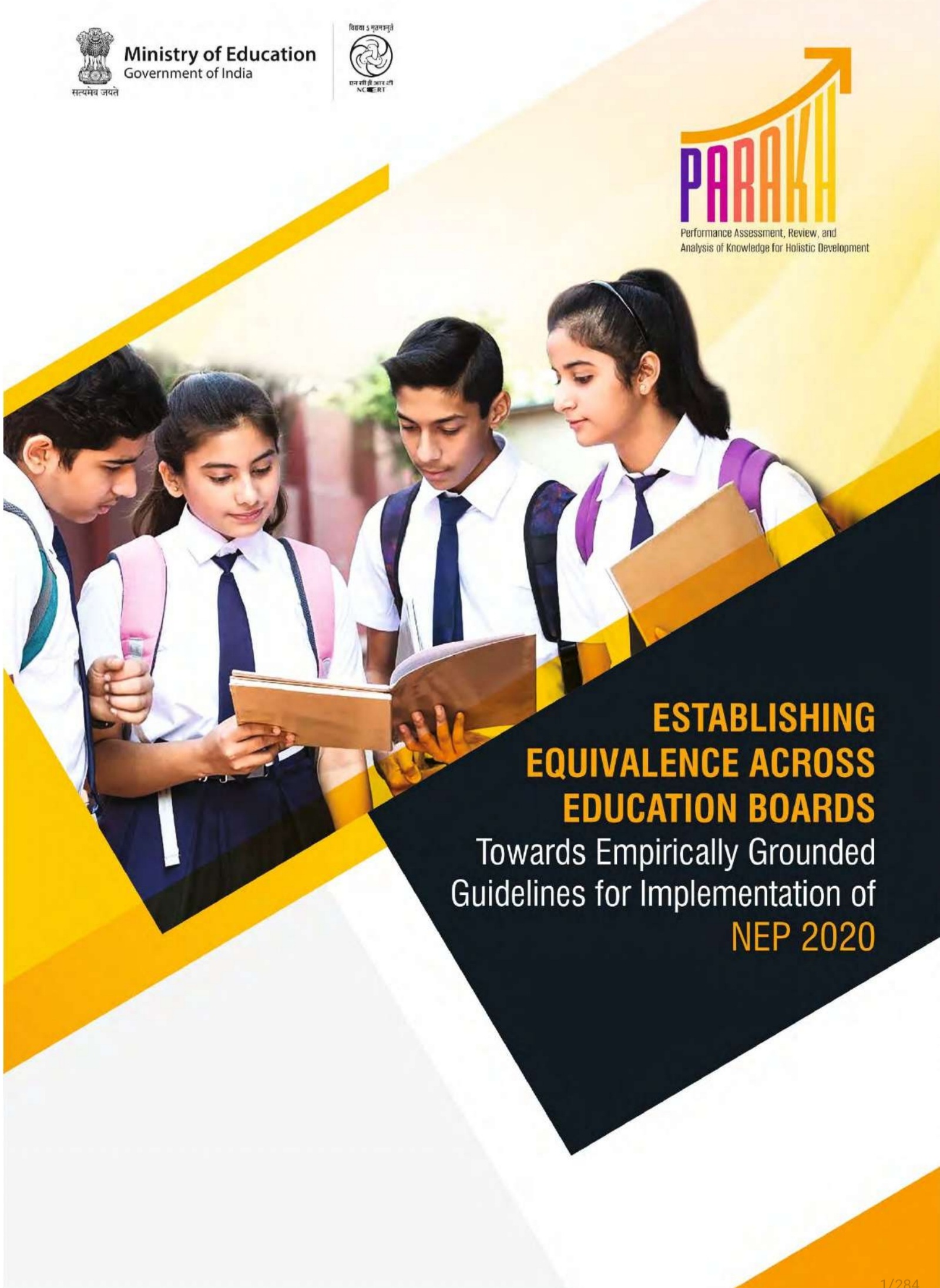Pupil Questionnaire

-
2025-08-21 12:00:00
-
PARAKH NCERT
- By PARAKH
🧩 Beyond Scores: What the Pupil Questionnaire (PQ) in #PARAKHRashtriyaSarvekshan2024 Reveals About Learning in India
Before a child opens a textbook, they bring along the richness of their world—languages that echo through their home, aspirations shaped by family and community, stories tucked between pages of well-worn books, and quiet dreams nurtured in safe corners. Their environment doesn’t weigh them down—it fuels how they learn, imagine, and grow.
PARAKH Rashtriya Sarvekshan 2024 uses three tools to understand the learning ecosystem- PQ (Pupil Questionnaire), TQ (Teacher Questionnaire), and SQ (School Questionnaire).
But the PQ is where the learner’s voice truly comes alive.The Pupil Questionnaire (PQ) in PARAKH Rashtriya Sarvekshan 2024 captures these lived realities across Grades 3, 6, and 9, helping us understand not just what students know, but why they learn the way they do.
🔍 What the Pupil Questionnaire (PQ) Uncovers: A Child’s Learning Universe
The PQ doesn’t just ask questions—it listens deeply. It explores ten dimensions that shape how children learn, dream, and grow:
1. 🏠 Family Background & Demographics
Where learning begins before school does.
- Parental education, occupation, and home language
2. 💻 Digital Access
The gateway to modern learning—but not everyone has the key.
- Students without laptop/desktop/tablet: Grade 3: 63% | Grade 6: 62% | Grade 9: 67%
- Internet access among high performers: Grade 3: 53% | Grade 6: 68% | Grade 9: 74%
3. 🎨 Learning Preferences & Interests
How students connect with knowledge—some through stories, others through numbers.
4. 📚 Learning Resources at Home
Books are still magic.
- Students with at least 10 books: Grade 3: 49% | Grade 6: 41% | Grade 9: 49%
5. 🏫 School Environment
Friendships, safety, and belonging—because learning thrives in trust.
6. 🚪 School Accessibility & Facilities
A separate toilet isn’t just a facility—it’s dignity.
- Access among high performers: G3: 86% | G6: 90% | G9: 93%
7. 🧑🏫 Teaching-Learning Methods
From chalk-and-talk to play-and-learn—how pedagogy shapes possibility.
8. 🧠 Mental Health & Social Well-being
Stress, support, and self-worth—often invisible, always impactful.
9. ♿ Accessibility for CWSN
Inclusion isn’t optional—it’s overdue.
- Schools without special accommodations: Grade 3: 63% | Grade 6: 61% | Grade 9: 60%
- Schools without trained teachers for CWSN: Grade 3: 60% | Grade 6: 59% | Grade 9: 59%
10. 🎓 Career Opportunities & Planning
Dreams need direction.
- Many schools don’t offer career guidance
- Grade 9 high performers: 76% made career decisions | 79% received guidance
🌟 Bright Spots : What’s Working Well
These aren’t just statistics—they’re signals of strength:
- 🎓 Parental Education
Students with graduate mothers among high performers: Grade 3: 11% | Grade 6: 20% | Grade 9: 22%
- 📱 Digital Access Improves with Age
Smartphone access among high performers: Grade 3: 52% | Grade 6: 59% | Grade 9: 72%
- 📚 Books at Home
Access to more than 10 books among high performers: Grade 3: 29% | Grade 6: 48% | Grade 9: 49%
These learners aren’t just doing well—they’re thriving in environments that support them.
🌱 Learning Opportunities: Where Change Begins
Let’s shift the lens from gaps to growth:
- 🗣️ Language mismatch
Only 27–33% of students speak the same language at home and school.
👉 Let’s make classrooms multilingual and culturally rooted.
- 💻 Digital divide
Over 60% of students across grades lack access to laptops/tablets.
👉 Let’s make digital access a right, not a privilege.
- ♿ CWSN support
More than half of schools lack accommodations and trained staff.
👉 Let’s build schools that welcome every learner.
- 🎓 Career guidance
Many schools don’t offer it.
👉 Let’s start career conversations early, and make them meaningful
🌍 India in Global Conversation: Shared Challenges, Shared Resolve
Across the world, classrooms are grappling with similar realities— 30–35% students navigate a language divide between home and school, nearly half of all schools fall short on structured career guidance or inclusive support for children with special need,and 60% of students in middle and low income countries still lack personal digital devices.
India’s numbers echo this global rhythm: 67% of students without laptops/tablets, 27–33% facing language mismatch, and 54% of schools missing career guidance. These aren’t isolated statistics—they’re part of a shared story, calling for collective, equity-driven solutions that leave no learner behind.
📌 Key Insights from PARAKH Dashboard: What the Data Is Whispering
- 📶 Digital access climbs with age—but not fast enough. While 74% of Grade 9 high performers have internet, 67% still lack laptops/tablets. The digital divide is narrowing, but not yet closed.
- 🧭 Career guidance is a game-changer. Students who receive it are more likely to make informed decisions—yet many schools still don’t offer it. The compass exists, but not everyone gets to use it.
- 🧠 Parental education and home infrastructure matter. Graduate mothers and book-rich homes consistently correlate with higher performance. Learning begins long before the school bell rings.
- 🗣️ Language mismatch is persistent. Only 27–33% of students speak the same language at home and school. This isn’t just a linguistic gap—it’s a comprehension chasm.
- ♿ Support for CWSN remains limited. Over 60% of schools lack accommodations and trained staff. Inclusion is still a promise waiting to be fulfilled.
🎯 SDG Alignment: Turning Data into Action
The PQ isn’t just a diagnostic tool—it’s a lever for change. By revealing what hinders or helps a child’s progress, it nudges the system closer to the promises of SDG 4: universal, equitable, inclusive education. It threads together foundational learning, digital access, school infrastructure, and social equity—turning insights into action
🚀 Way Forward: From Data to Direction
- 🧩 Let context shape curriculum. Use PQ insights to localize interventions—language, resources, and pedagogy must reflect students’ realities.
- 🧑🏫 Train for inclusion, not just instruction. Invest in teacher capacity to support diverse learners, especially CWSN.
- 📱 Bridge the digital gap with purpose. Expand device access, but also ensure meaningful use—through guided digital literacy and blended learning.
- 🎓 Start career conversations early. Don’t wait till Grade 9—embed exposure from middle grades, linked to local opportunities and aspirations.
- 🧶 Celebrate diversity in learning styles. Move beyond one-size-fits-all teaching. Let students show what they know in ways that feel authentic to them.
The Pupil Questionnaire doesn’t capture scores—it captures stories, placing the learner’s lived experience at the heart of education reform.
Dashboard link: https://dashboard.parakh.ncert.gov.in/en
#PARAKHRashtriyaSarvekshan2024 #PARAKH #NEP2020 #PQ #PupilQuestionnaire #MinistryOfEducation #DepartmentOfSchoolEducationAndLiteracy #ContextualVariables
Explore More

World of Work- उद्यम संसार
PARAKH NCERT
- By PARAKH

HPC at Secondary Stage
PARAKH NCERT
- By PARAKH

HPC at Middle Stage
PARAKH NCERT
- By PARAKH
 Government of India
Government of India More
More


